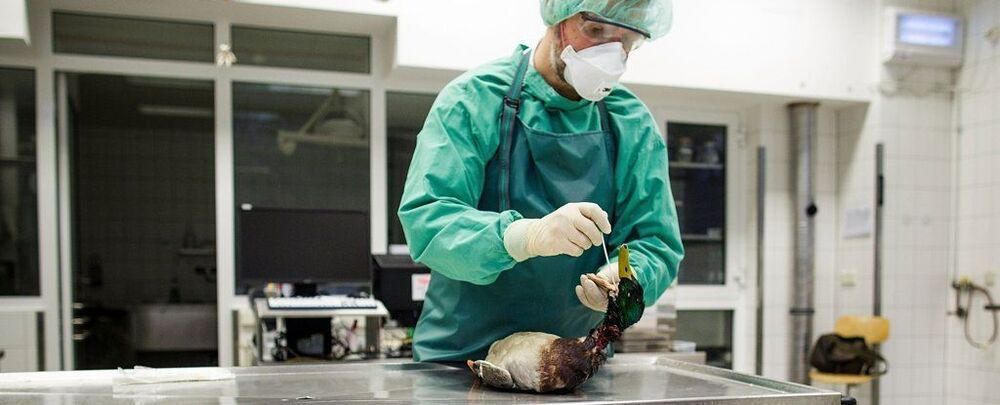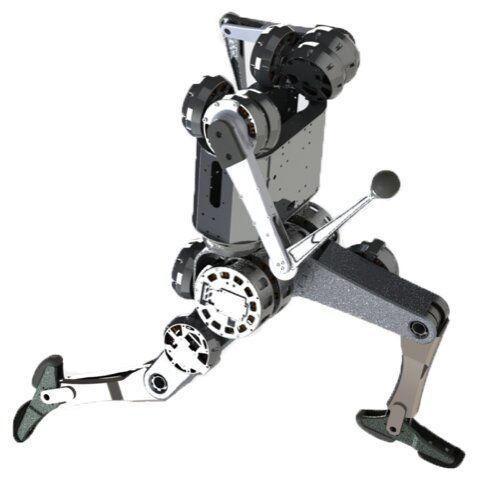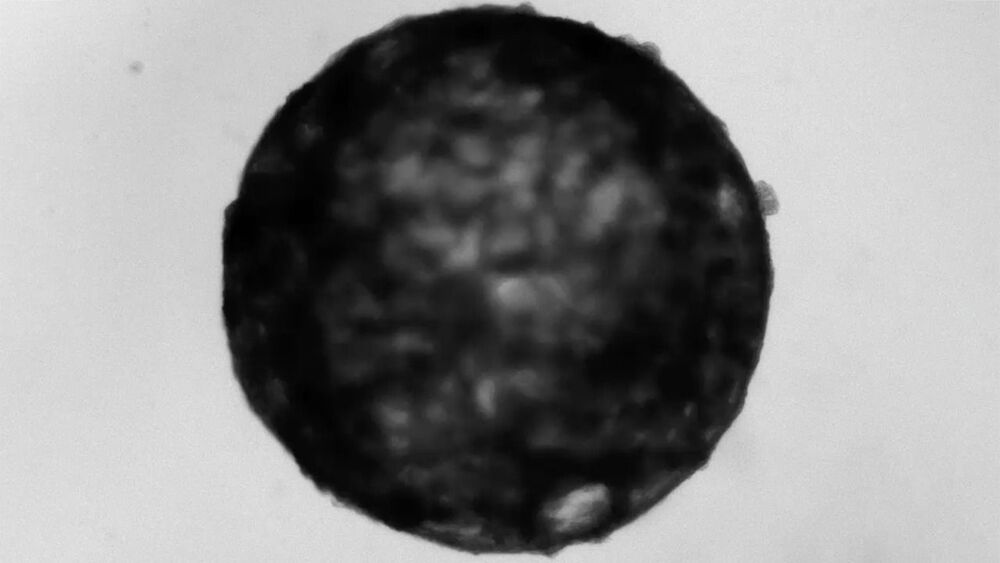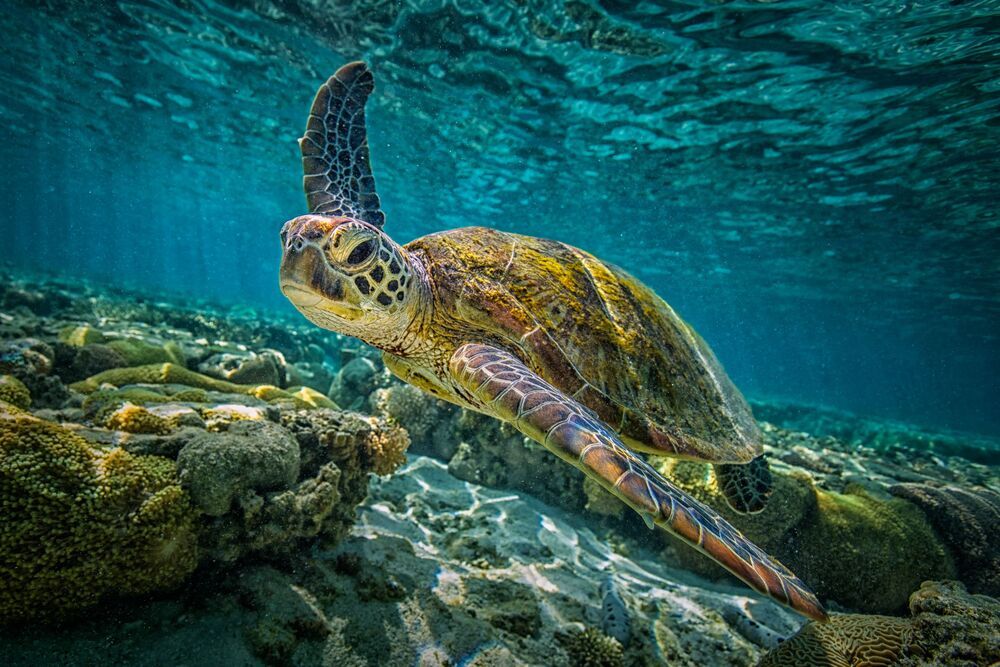While the world was distracted with the rampant spread of a novel coronavirus, 2020 also witnessed an explosion in another deadly pathogen that could pose a threat to global public health.
H5N8, a subtype of highly pathogenic avian influenza virus (HPAIV), was identified decades ago, but during 2020 a series of emerging and ongoing H5N8 outbreaks in avian populations across dozens of countries have led to the death or slaughter of millions of birds worldwide.
“The affected geographic regions have been expanding continuously, and at least 46 countries have reported highly pathogenic H5N8 AIV outbreaks,” virus researchers Weifeng Shi and George F. Gao write in a new perspective article in Science, warning of the dangers of H5N8 if we don’t closely monitor and contain this worrisome trend.









